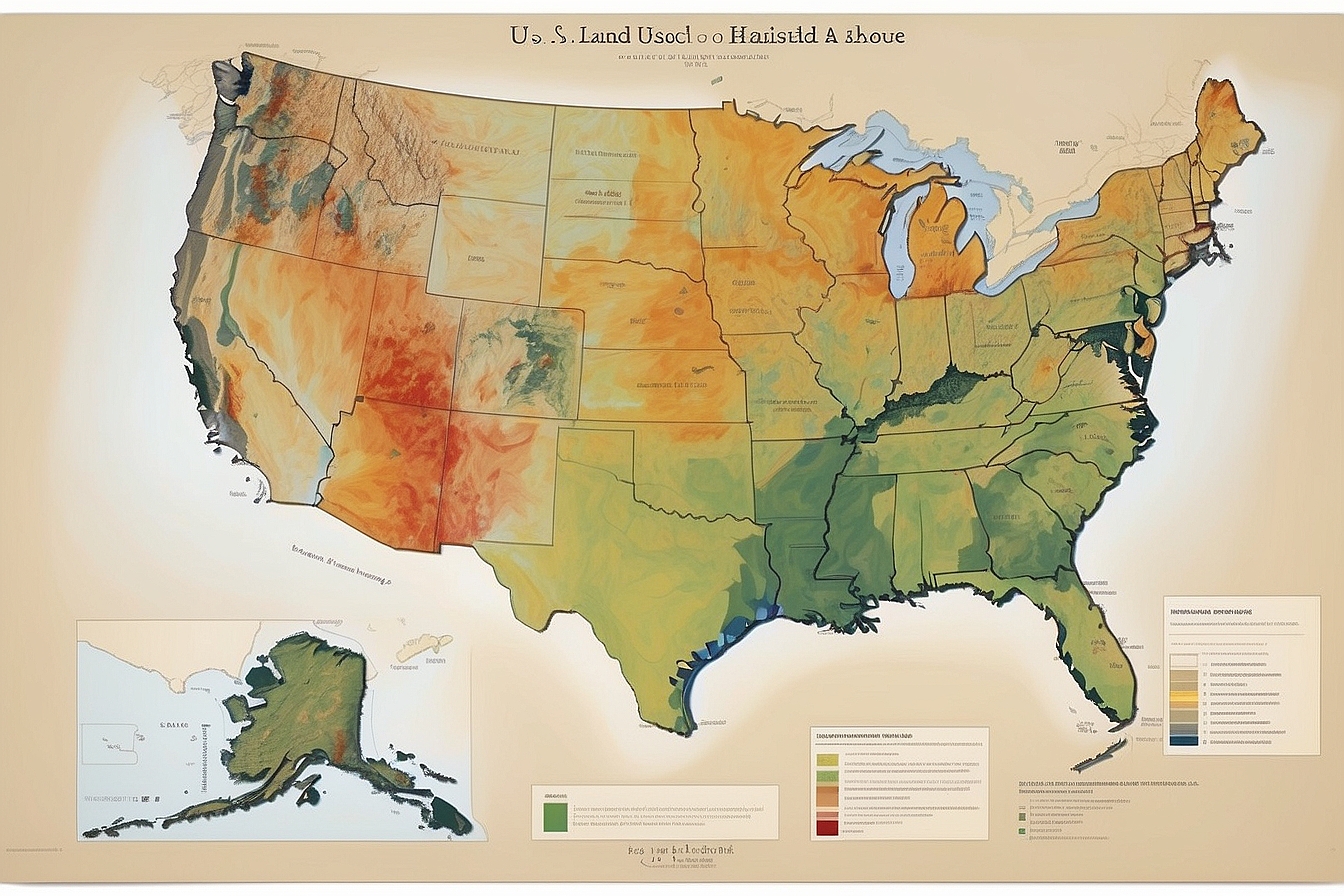As we stand witness to the gradual erosion of forests across our precious Earth, a collective unease settles in the heart of each one of us who cares deeply for the legacy we leave for generations yet unborn.
This concern is far from unwarranted; with every tick-tock of the clock, an area of woodland equivalent to a football pitch vanishes without a trace.
However, nestled within this concern lies a seedling of hope—reforestation. By returning trees to the landscapes they once adorned, we’re sketching out an inspiring map towards restoration and recovery.
In this post, we’ll explore how united action can reverse the blight that is deforestation and infuse our beleaguered natural world with renewed vitality. So roll up your sleeves—it’s time to get our hands dirty for an incredibly worthy cause!
Key Takeaways
- Reforestation revives damaged ecosystems by planting diverse tree species, which increase biodiversity and fight climate change through carbon absorption.
- Local communities benefit from reforested areas with better air quality, job opportunities in sustainable forestry, and protected water supplies due to soil stabilisation by trees.
- Utilising technology like GIS and drones aids in identifying optimal locations for tree planting, ensuring the highest environmental impact of reforestation efforts.
- Involving community members in reforestation projects is key; it builds ownership, fosters environmental stewardship, and leverages local knowledge for success.
- Planting a variety of trees adapted to specific environments promotes healthier forests that can withstand climate challenges and support wildlife.
Reforestation: Planting Trees, Restoring Hope
Reforestation is crucial for restoring degraded landscapes, combatting climate change, and providing hope for the future. By planting trees and restoring forests, communities can benefit from improved air quality, biodiversity conservation, and sustainable land management.
Importance of reforestation
Planting trees is crucial for restoring ecosystems that have been damaged by deforestation. It brings back life to degraded lands and supports biodiversity conservation, allowing a multitude of plant and animal species to thrive once again.
By renewing these spaces, we combat climate change as healthy forests absorb carbon dioxide, one of the major greenhouse gases contributing to global warming.
We also witness the return of essential services like watershed restoration when we commit to reforestation efforts. Trees play a key role in water cycle regulation, filtering water and preventing floods by stabilising soil with their deep roots.
This leads not only to environmental restoration but ensures communities can rely on clean water sources for their daily needs. As we work together planting trees, we’re ensuring a healthier environment that sustains all forms of life for generations to come.
Benefits for communities
Reforestation not only helps to combat climate change but also brings a host of benefits to local communities. By restoring and protecting forests, we create new opportunities for economic growth and job creation.
Sustainable forestry practices can provide a source of income for communities through eco-tourism, agroforestry, and non-timber forest products such as fruits, nuts, and medicinal plants.
Furthermore, reforestation contributes to improved air quality by absorbing pollutants and releasing oxygen into the atmosphere. This leads to enhanced public health within communities living near the restored forests.
Strategies for Successful Reforestation
To ensure successful reforestation, it is crucial to consider tree species diversity, utilise mapping and planning technology, and involve local communities in the process. These strategies help create a sustainable and thriving ecosystem for future generations.
Tree species diversity
Planting a diverse range of tree species is crucial to reforestation success. Various tree species contribute to the overall health and resilience of the forest ecosystem, increasing biodiversity and providing habitats for wildlife.
Furthermore, diverse tree species help in mitigating climate change by capturing more carbon dioxide from the atmosphere through photosynthesis.
Incorporating a wide variety of trees also enhances the long-term sustainability of reforestation efforts. By planting different types of trees that are suited to specific soil and climate conditions, we can improve the chances of survival for newly planted saplings and promote healthy forest growth.
Mapping and planning through technology
Mapping and planning through technology enable us to identify the most suitable areas for reafforestation, maximising the impact of our tree planting efforts. Utilising satellite imagery and Geographic Information Systems (GIS), we can pinpoint locations that will have the greatest benefit in terms of carbon sequestration, soil protection, and biodiversity preservation.
This modern approach allows us to create detailed plans for reafforestation, ensuring that we make substantial contributions to ecological restoration and climate change mitigation.
Furthermore, by harnessing technology such as drones and advanced mapping software, we gain valuable data on land conditions and potential obstacles. This information is invaluable in establishing effective strategies for tree planting while taking into account local terrain challenges.
Involving local communities
Engaging local communities is crucial for successful reforestation projects. Empowering residents to participate in tree planting and maintenance fosters a sense of ownership and responsibility.
Additionally, involving locals creates awareness about the importance of forest restoration and environmental sustainability, encouraging long-term commitment and support.
Community involvement also brings diverse knowledge and skills to the table, contributing to effective planning, monitoring, and management of reforestation initiatives. Working together with local communities ensures that reforestation efforts are aligned with their needs and priorities while promoting a shared vision for a greener future.
Conclusion
In conclusion, successful reforestation efforts lead to the renewal of ecosystems and provide hope for a sustainable future. The engagement of local communities in planting trees creates a sense of ownership and responsibility towards the environment.
By prioritising diverse tree species and utilising technology for efficient planning, we can restore balance to our natural world. Reforestation is not just about planting trees; it’s about nurturing hope and building a greener, healthier planet for generations to come.
FAQs
1. What is reforestation and why is it important?
Reforestation involves planting trees to restore areas that have lost forests, helping in environmental conservation and reversing deforestation.
2. How does reforestation help the environment?
By planting new trees, reforestation contributes to ecosystem restoration, providing homes for wildlife and improving air quality.
3. Can I get involved in reforestation efforts?
Absolutely! You can join local groups or global initiatives focused on planting trees and restoring hope through ecosystem restoration.
4. Does reforestation really make a difference against climate change?
Yes it does; by bringing back forests, we are actively fighting climate change as trees absorb carbon dioxide from the atmosphere.





